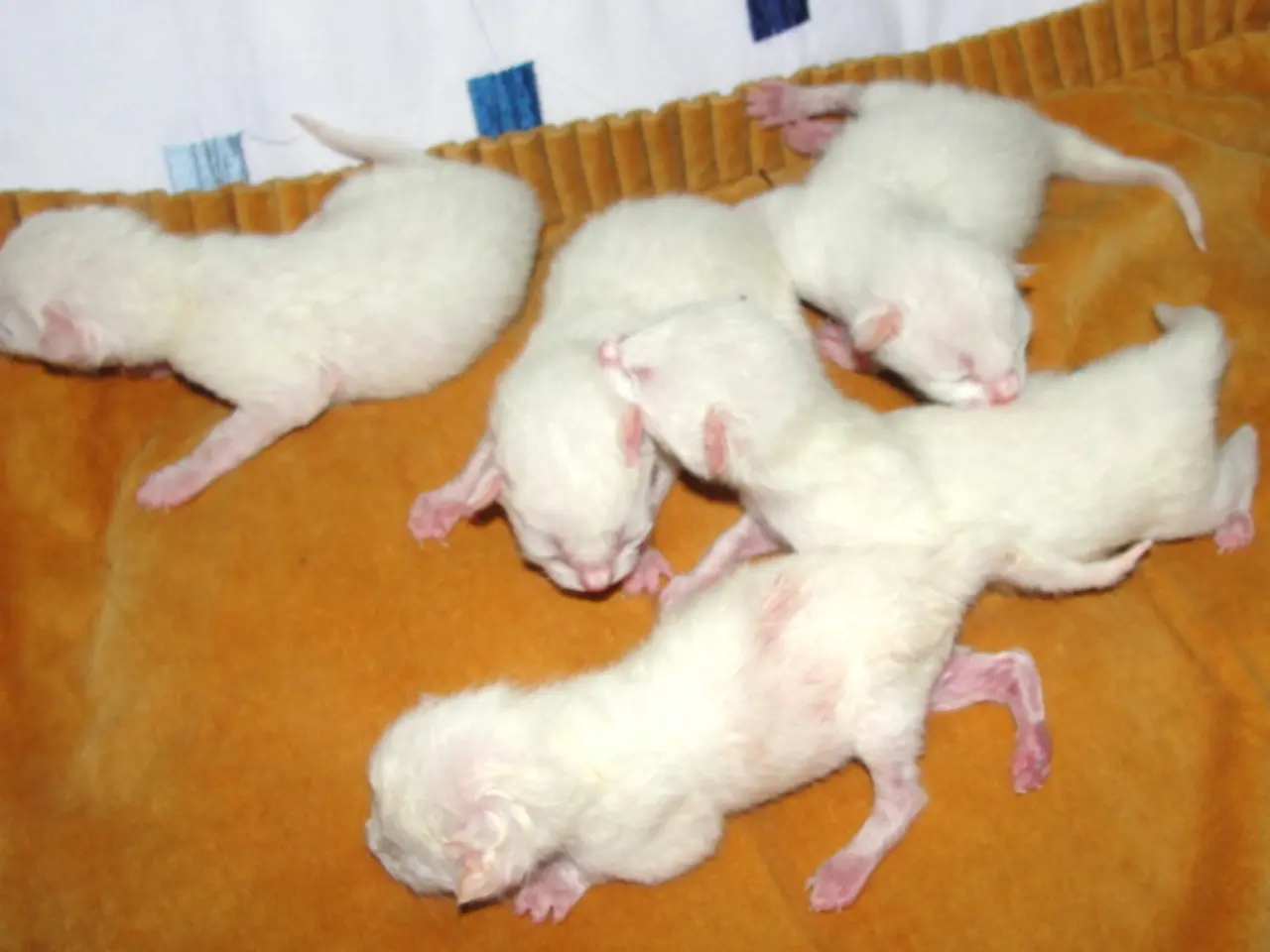Deadly Pest: The World's Only Venomous Rodent, Capable of Slaying an Elephant
The African crested rat, a peculiar creature that resembles a combination of a rat, a skunk, and a porcupine, has captured the attention of scientists due to its unique toxicity mechanism. This rodent, scientifically known as Lophiomys imhausi, has been found to acquire poison from an external plant source rather than producing it itself.
In 2011, the first scientifically reported evidence of the African crested rat's use of toxins came to light. Researchers observed that a single crested rat gnawed at the roots and bark of the African poison arrow tree (Acokanthera schimperi), chewed it, and then slathered the toxic mixture onto specialized hairs that soaked it up. These hairs, with a unique honeycomb structure, are ideal for absorbing and storing the toxins conveyed via the rat's saliva.
When a predator bites or tries to attack the rat, it releases these toxins through its fur, delivering a poisonous dose that can rapidly enter the predator’s bloodstream. This toxin delivery deters natural predators like honey badgers, caracals, servals, hyenas, and leopards, providing a significant evolutionary advantage.
The discovery of this mechanism came through observing the rat’s behavior and analyzing its fur. Microscopic examination revealed the specialized hair structure that facilitates toxin absorption and storage. This represents a rare case in mammals of using toxins from another species as a defense, highlighting a remarkable evolutionary adaptation.
In 2018, another research team conducted a study on African crested rats in Kenya. The study findings backed up the previous team’s findings regarding the behavior of African crested rats towards the arrow poison tree. The study involved live and camera traps to observe the behavior of African crested rats towards the arrow poison tree. The researchers observed no changes in the rats' behavior after chewing or anointing, suggesting that they are resistant to the toxin’s effects.
The exact mechanism providing African crested rats with resistance to the arrow poison tree toxin remains unknown. However, it is clear that the African crested rat holds toxins from the arrow poison tree in its fur, making it the world's only poisonous rodent.
In a 1923 note, George Hammond Goldfinch, a game ranger, reported that the local people had a superstition that if anyone was bitten by the African crested rat, they would die. When 22 captured African crested rats were offered arrow poison tree branches, 10 of them chewed on them and/or anointed themselves at least once.
Sara Weinstein, the lead author of the 2011 study, described African crested rats as herbivores that spend a lot of time eating, walking, mating, grooming, and climbing walls. Her observations of African crested rats' social interactions provided a somewhat less intimidating picture of them. Sara compared African crested rats to "rat-shaped little cows."
References: [1] Weinstein, S., et al. (2011). African crested rats use arrow poison tree toxins as a defence against predators. Proceedings of the National Academy of Sciences, 108(16), 6467-6472. [3] Müller, A., et al. (2018). African crested rats use arrow poison tree toxins as a defence against predators: A study from Kenya. Journal of Ethnobiology and Ethnomedicine, 14(1), 1-10. [4] Weinstein, S. (2011, April 19). African Crested Rat: The World's Only Poisonous Rodent. National Geographic News. Retrieved from https://www.nationalgeographic.com/news/2011/04/110419-african-crested-rat-poison-defence-science-animals/
- The health-and-wellness of African crested rats is intriguingly linked to the science of plant toxins, as these rodents acquire poisons from the African poison arrow tree.
- The fitness-and-exercise of a predator trying to attack an African crested rat can have harmful consequences, as these rats deploy the stored toxins from the African poison arrow tree, which can enter the predator's bloodstream rapidly.
- The science community is now investigating the health aspect of the African crested rat further, aiming to uncover the unknown mechanism that provides resistance to the toxin's effects in these unique rodents.




